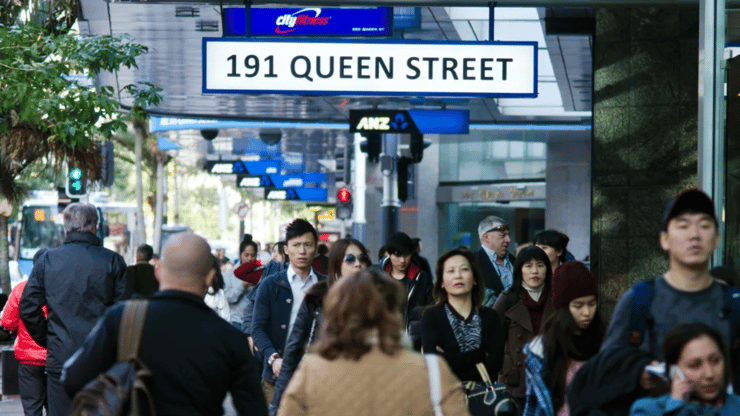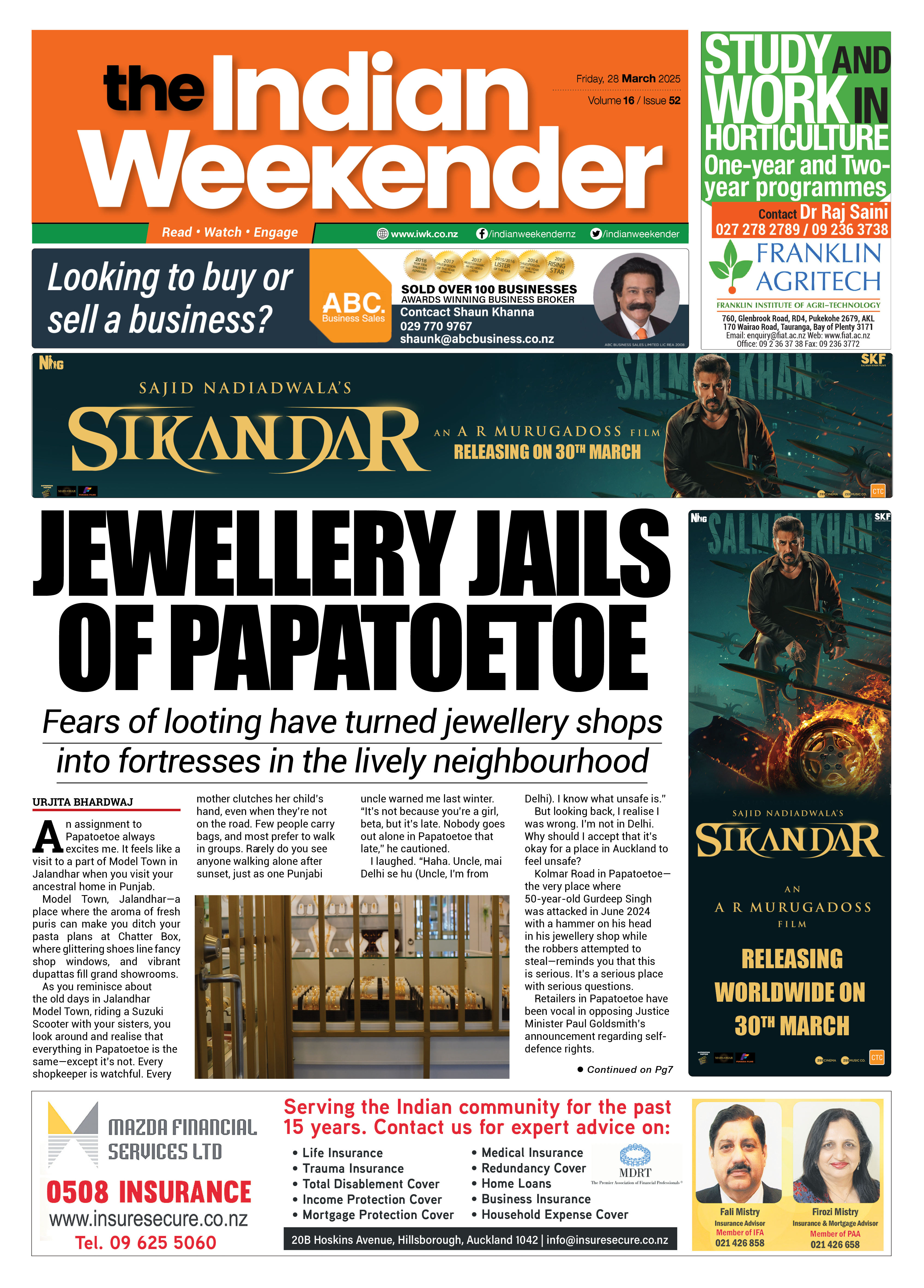Asian Communities Leading New Zealand's Population Growth

New Zealand's burgeoning Asian population is making up a hefty chunk of the country's overall population growth, according to the 2023 Census results released by Stats NZ on Wednesday.
The latest data shows that an additional 153,978 people now identify themselves as Asian compared to the 2018 Census, more than half of the roughly 295,000 extra people added to New Zealand's population over the same period.
New Zealand's Asian population now totals 861,576 people, or 17.3 percent of the country's population.
The Census shows that New Zealand is more diverse than ever.
Those who identify as European or Pākehā comprise 67.8 percent, Māori 17.8 percent, Asian 17.3 percent, Pasifika 8.9 percent and those from other backgrounds, including Middle Eastern, Latin American and African, make up 3 percent.
Although those who identify as European remain the largest ethnic group in the country, all other ethnicities increased their share of the total population.
Those who identify as Asian make up the largest increase among non-European ethnicities.
The Asian ethnic group's population in 2018 was 707,598, which represented an increase of 235,890 over the 2013 Census' tally of 471,708.
Latest statistics show that the percentage growth has fallen from the 50 percent figure recorded between 2013 and 2018 to just 21.8 percent over the most recent five years.
The Auckland region has cemented its position as the preferred destination for Asian New Zealanders.
A total of 307,230 people who identify as Asians lived in New Zealand's largest city in 2013, a number that increased to 442,674 in 2018 and now stands at 518,178.
In the Wellington region, 79,314 people identify as Asian, while 86,430 identify as Asian in the Canterbury region - the second highest in New Zealand.
Waikato, with Hamilton as its biggest city, completes the top four regions that boast the largest Asian populations in the country.
According to the latest Census data, 60,792 Asian New Zealanders call Waikato their home.
In Auckland, the Howick local board topped the list of people in the area who identify as Asian, with 80,565 living there.
Next on the list is the Henderson-Massey local board with 39,546 persons of Asian descent, closely followed by the Upper Harbour local board with 34,983.
In terms of age group bifurcation, 98,967 people of Asian descent fall with the 30- to 34-year-old age group, closely followed by 95,664 in the 35- to 39-year-old age bracket.
Other ethnicities
Among other ethnicities, the country's present population include 887,493 people who identify as Māori, 442,632 people who identify as Pacific and 92,760 people who identify as Middle Eastern, Latin American or African.
Overall, the resident population of New Zealand grew by 294,168 people between the 2018 and 2023 to a total of 4,993,923 people.
However, population growth slowed to 6.3 percent between 2018 and 2023, down from a growth rate of 10.8 percent - or 457,707 people - between 2013 and 2018.
"The first release of data is a welcome milestone in the delivery of the 2023 Census," said Mark Sowden, government statistician and chief executive of Stats NZ.
"The data we have released will enable local authorities, iwi and hapū, community organisations and the people of Aotearoa New Zealand to incorporate Census data into their decision-making about the infrastructure and services needed by communities across the country."





